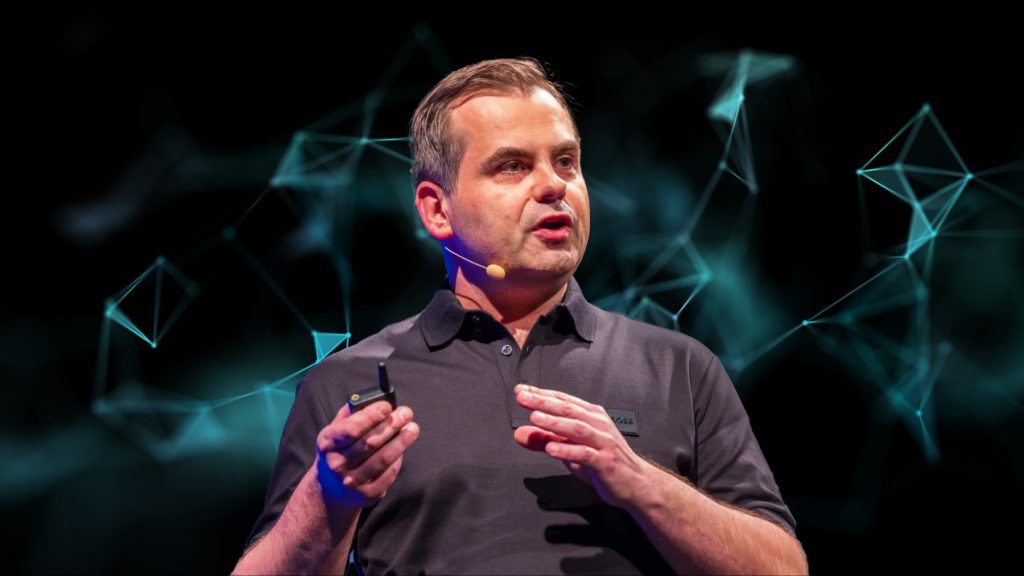
DeepL is adding traditional Chinese to its artificial intelligence (AI) translation software to earn the hearts of Asian businesses.
- The software currently provides 33 languages, mainly catering to businesses rather than individuals.
- This move is in line with the company’s belief that Taiwan and Hong Kong have strong potential to become Asia’s tech hubs.
DeepL’s AI translation software will offer traditional Chinese as soon as the company builds relations in Taiwan and Hong Kong, showing how language can survive “English as default” tech.
Once trade became an international affair, businesses equipped themselves with different languages. Companies used to hire translators as needed. Today, in the age of AI and all tech things, DeepL’s model is not the only AI translation software that translates with incredible accuracy.
However, one thing these AI systems sometimes lack is variety in their language databases, and unfortunately, not every AI model has a diverse list of options. Those who do aren’t as proficient in other languages as they are in English. For example, ChatGPT is not as useful in Arabic as it is in English, so as a result, some countries, especially Arabic-speaking ones, filled that gap with their own Arabic AI.
This imbalance has caused, in turn, a fear that certain languages might be left behind, as our technological future leans ever-so-slightly toward the English language.
A Welcome Addition
DeepL, a German AI translation startup, has added traditional Chinese to its software, which mostly caters to businesses. The thing about this written form is that it’s mostly used in Taiwan and Hong Kong.
The AI company saw the business potential of those two regions, with its CEO, Jaroslaw “Jarek” Kutylowski, describing them to CNBC as “strong technological markets” that are “exporting.” Kutylowski pointed out that Taiwan is the home of TSMC, the biggest chip manufacturer, stating, “There is a lot of similarities in that market to other successful Asian markets we have seen in Japan and Korea.”
DeepL has claimed that its large language model (LLM) offers better translation quality than some big-name software out there, like Google’s. Currently, it offers businesses 33 languages to choose from.
My Language, My Identity
A language is not simply symbols on paper, sounds you make with your voice, or signs you do with your hands. It’s a whole identity. Multiple studies suggest that a person’s personality—or rather behavior—changes when they switch languages. Unfortunately, many languages were lost in time. And some, while not forgotten, are hardly ever used, because there is another more dominant language or dialect in the same region. In Lebanon, for example, the proper form of Arabic, the Modern Standard Arabic (MSA), is hardly ever used outside of Arabic language classes; it is replaced instead by a mixture of Lebanese Arabic, French, and English.
However, AI companies’ efforts to properly include as many languages as possible in their translation software guarantees that languages do not meet the same fate as Latin, dead with their last native speaker.
As uncomfortable as it is to admit, English has been dominating the age of tech, as it’s the default for almost every device and machine out there. It feels like multilingualism no longer merits attention. Almost everyone knows enough English to hold a conversation.
Inside Telecom provides you with an extensive list of content covering all aspects of the tech industry. Keep an eye on our Community section to stay informed and up-to-date with our daily articles.